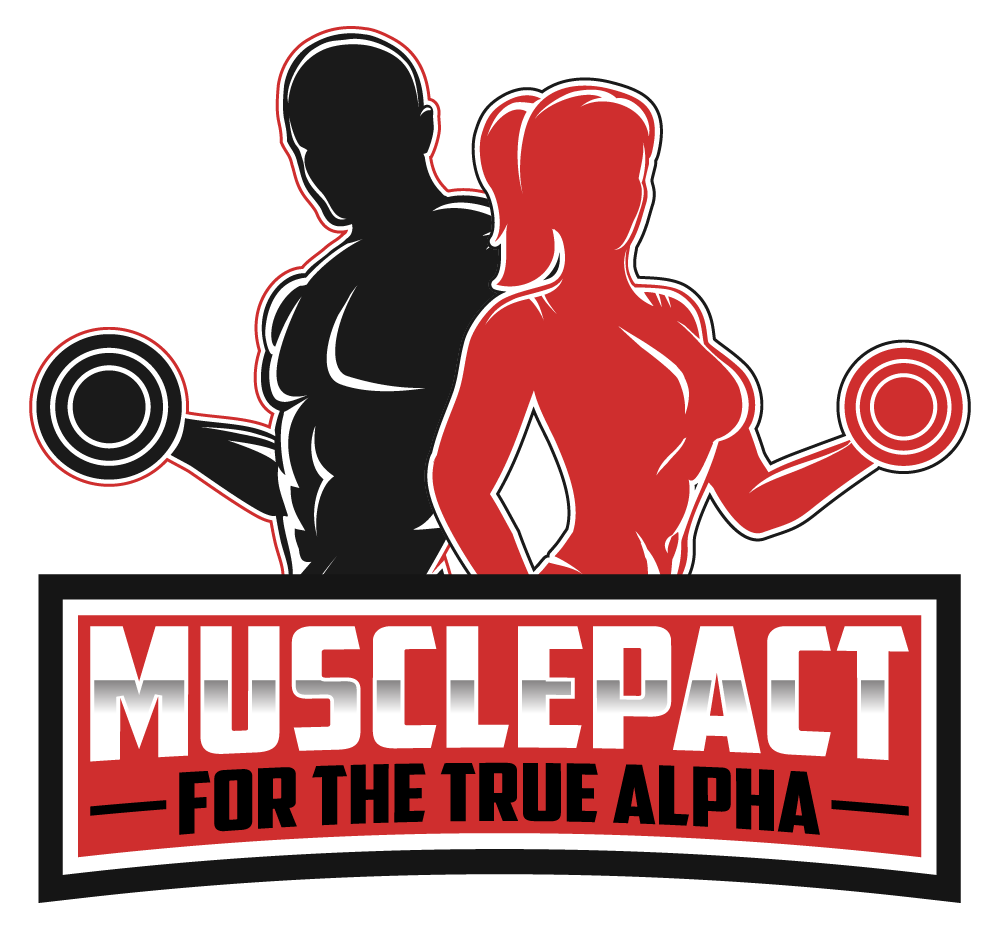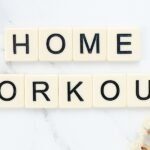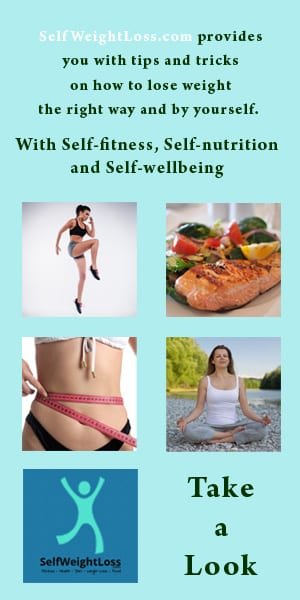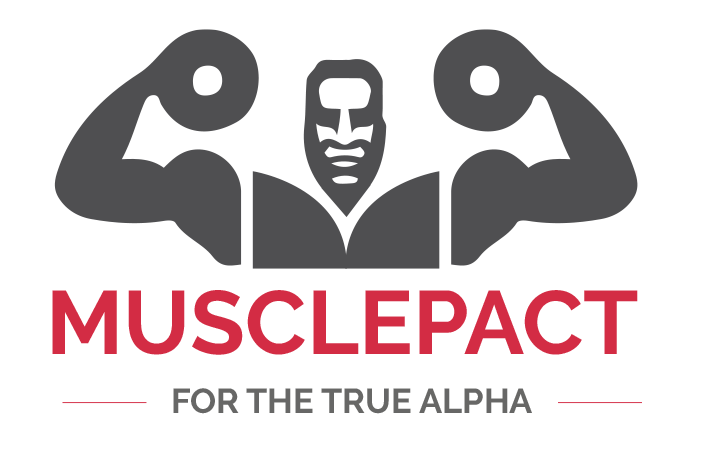Protein is a big part of your diet. It makes your bones strong and your muscles lean, and it can help your body burn calories faster. Adults need 0.8 grams of protein for every kilogram they weigh. You can buy high-protein foods like fish, meat, and plant foods at the store. But are there are whey protein pills, too, for when you cannot get enough protein anywhere? In this guide, you will learn all there is to know about the infamous protein pill.
What Are High Protein Pills?
High protein pills are a type of supplement. They have protein powder in a pill or capsule. You can buy them at health stores, online, or at pharmacies.
Some of these pills have different protein types, like soy, beef, collagen, bone broth, or whey. Some other kinds are casein, pea powder, or rice powder. If you have a dairy allergy or are lactose intolerant, you should not take whey, collagen, beef, or bone broth pills.
Pros and cons
Pros:
- You can take them when you start to work out.
- Protein pills can help with blood pressure, swelling, bad cholesterol, and diabetes. They improve the immune system, and offer a good quantity of antioxidants.
- They can help you feel full longer and replace foods to lower your calorie intake and hunger.
Cons:
- As good as high protein pills are, they do not contain as much protein as eggs, milk, chicken, and fish.
- Taking too many of these pills can damage your liver.
- Using too many pills or powders can cause bad stomachs, liver and kidney problems, sickness, pain, bloating, cramps, and diarrhea.
- Your body cannot absorb enough protein, so any extra is wasted.

Where Does Protein to Make These Pills Come from?
The protein used to make these pills can come from different sources. Often, these are casein or whey protein. Other sources, such as beef, chicken, milk, egg, or liver protein, are less common. As a rule, whey and casein are the most used types since whey is considered to be the favorite of most athletes.
But why? Both types of protein are easy for your body to absorb, but whey gets into your blood faster. Moreover, whey is great for muscles because it contains sufficient leucine, an important amino acid.
However, it is important to remember that an average protein pill usually contains only about two grams. In comparison, protein powders can offer around 20-25 grams of protein per scoop. If you want to make sure that you have chosen a good pill, pick the one containing high-quality sources of protein with vitamins and minerals. This will be the perfect boosting tool for your muscles.
How Should You Take Them, and What Is Are They for?
It is vital to understand that protein pills are not substitutes for meals: they are mere boosting tools to speed up the process of muscle building. These pills contains important amino acids which help the human body to produce protein and build muscles. However, when taking a pill, keep in mind that it does not mean that you can stop eating real food. Always take the pill during meals and eat right to give your body proper nutrition and energy.
As for how and when to take pills, remember that for the best results, they should be taken at least two hours before exercising. This is when your body needs to process the protein and feel energized when exercising starts. Alternatively, you can take a pill right after doing sports to help your muscles recover and repair more quickly. Also, do not forget that protein pills do not make you lose weight; they just help you exercise more and have more energy. This extra might help you lose weight, but remember there is no effect if you do not workout.
Conclusion
To sum up, protein is important for strong bones and muscles. Although high protein pills are convenient, they should not substitute for protein-rich food. Using pills is less efficient, as they contain less protein and can have a negative impact if taken overly. So, buy high-quality protein pills to expand your meal type, and use them effectively for your workout or to recover your muscles. Moreover, they should not be used to replace meals or to lose weight.
Stay connected with MusclePact – join us over on Facebook for even more guides and support!
Images are from Pixabay.com






